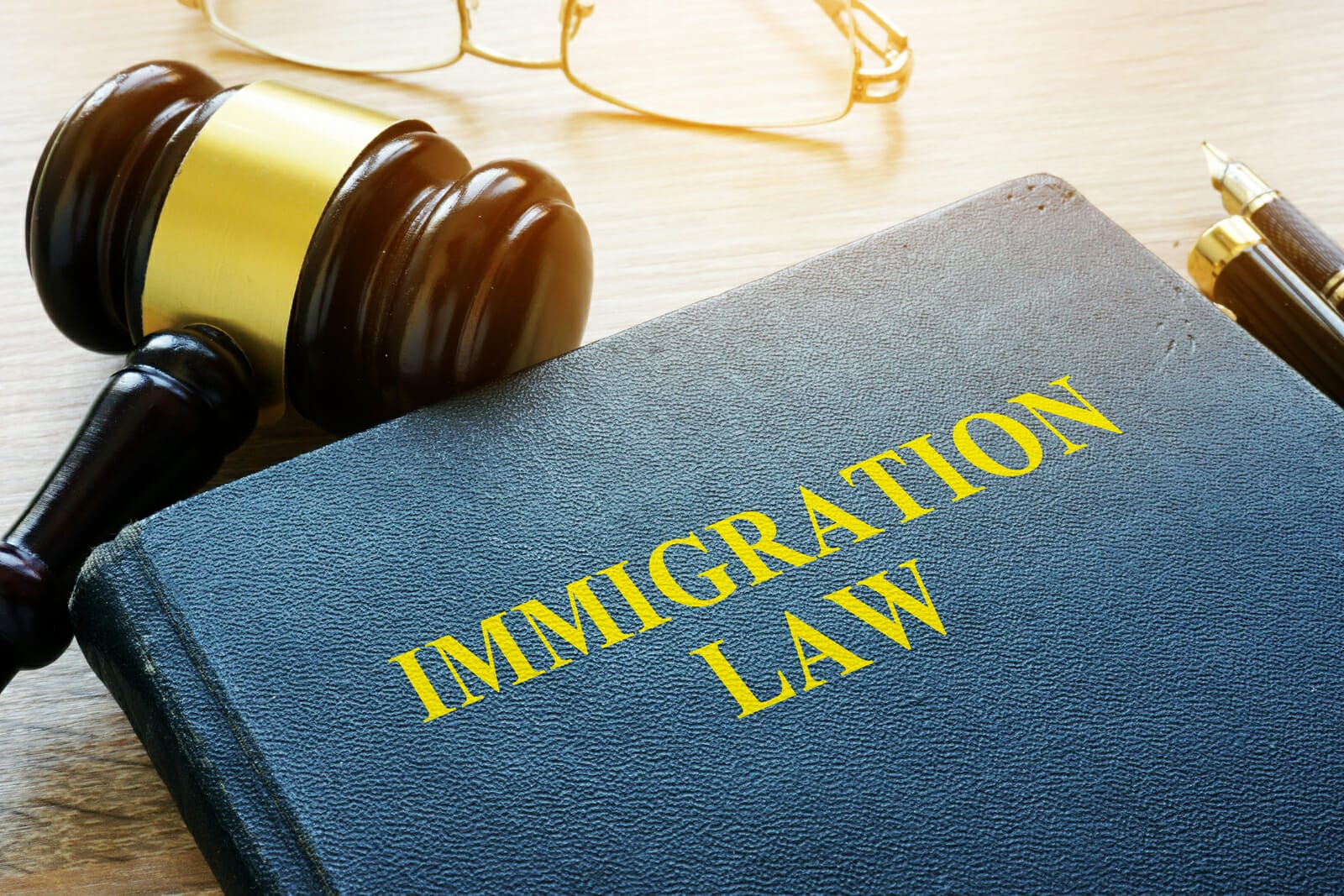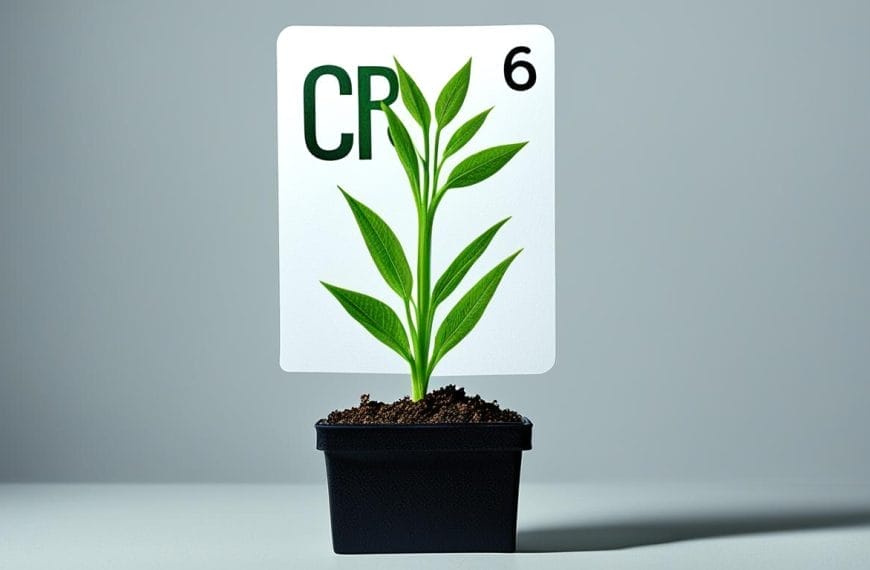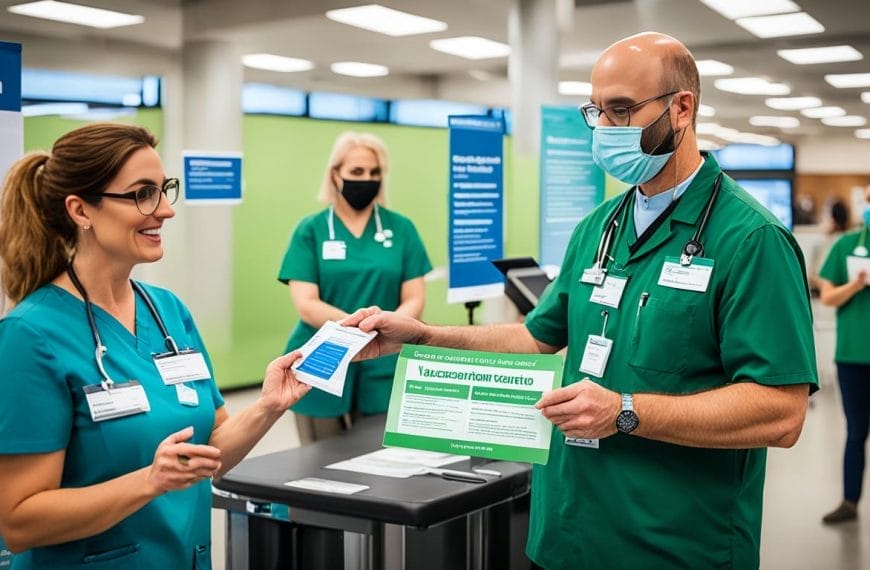Becoming a lawful permanent resident (LPR) allows you to legally live and work permanently in the United States. It’s an important step on the path to eventual U.S. citizenship. This guide will walk you through the basic process and requirements for obtaining a green card, which grants you official LPR status.
Background Information
There are a few key things to understand about green cards and LPR status:
- Green card categories – There are different categories to qualify for a green card, based on family, employment, refugee/asylee status, etc. You must fit into one of these immigration categories.
- Application process – Applying for a green card involves paperwork, documents, forms, interviews, and more. The steps vary based on your specific situation.
- Eligibility requirements – You must meet certain eligibility criteria to be approved as a lawful permanent resident. This includes background checks, medical exams, and financial documentation.
- Timelines – It can take 6-36+ months to obtain a green card. The process is not fast, so patience is key.
- Costs – Application fees, lawyers, medical exams, and other costs can amount to thousands of dollars. However, waivers are available in some cases.
Ways to Obtain a Green Card
There are a few main avenues through which you can apply for lawful permanent residence:
Family-based green cards
If you have a close family member who is a U.S. citizen, they may be able to petition for you to obtain a green card. For example:
- Spouses of U.S. citizens
- Children under 21 years of age of U.S. citizens
- Parents of adult U.S. citizens
- Siblings of adult U.S. citizens (though waiting times are very long)
Employment-based green cards
If you have certain professional skills, achievements, or job offer in the U.S., you may be eligible under one of the employment-based green card categories:
- Priority workers (extraordinary abilities in science/arts/business, outstanding professors/researchers, multinational executives/managers)
- Professionals holding advanced degrees or persons of exceptional ability
- Skilled workers and professionals
- Certain special immigrants
- Immigrant investors
Green card lottery
The Diversity Immigrant Visa program annually provides 50,000 green cards through a lottery system to applicants from countries with low immigration rates to the U.S.
Refugee or asylee status
Refugees and asylees who have been admitted to the U.S. may apply for a green card after being physically present in the country for at least one year.
Step-by-Step Green Card Application Process
While each case is unique, the general process for obtaining a green card typically includes:
1. Determine eligibility category
First identify which green card category you fit into, as the application procedure varies by category. Review the eligibility criteria carefully.
2. Prepare application and petition
Work with an immigration attorney to complete the forms and paperwork. This includes Form I-485 and various supporting documents.
3. Submit package to USCIS
Submit the completed green card application package to U.S. Citizenship and Immigration Services (USCIS). Include all required documents and fees.
4. Complete biometrics
Attend a biometrics appointment at a local USCIS Application Support Center for fingerprinting, photos, and digital signature.
5. Interview
Attend an in-person interview with a USCIS officer, where you will answer questions about your background, eligibility, and application materials.
6. Receive decision
If approved, you will receive a welcome notice and green card in the mail within a few weeks. Check for any requests for additional evidence before approval.
7. Lawful permanent resident status
Once you obtain your green card, you have official lawful permanent resident status! Enjoy living and working in the U.S. and moving toward U.S. citizenship.
Maintaining Permanent Resident Status
Once approved as a lawful permanent resident, you must continually maintain your LPR status by:
- Always keeping your green card valid – Green cards expire every 10 years so remember to renew yours on time.
- Remaining physically present in the U.S. – You can’t stay out of the country for more than 12 consecutive months.
- Filing taxes – LPRs are required to file U.S. tax returns like American citizens.
- Avoiding criminal activity – Serious crimes or violations could get your green card revoked.
- Updating contact info with USCIS – Notify USCIS any time you change your address, phone number, or other info.
Obtaining a green card may seem daunting, but taking the right steps and having patience leads many immigrants to becoming lawful U.S. permanent residents. With LPR status, you can live, study, and work permanently in America.













